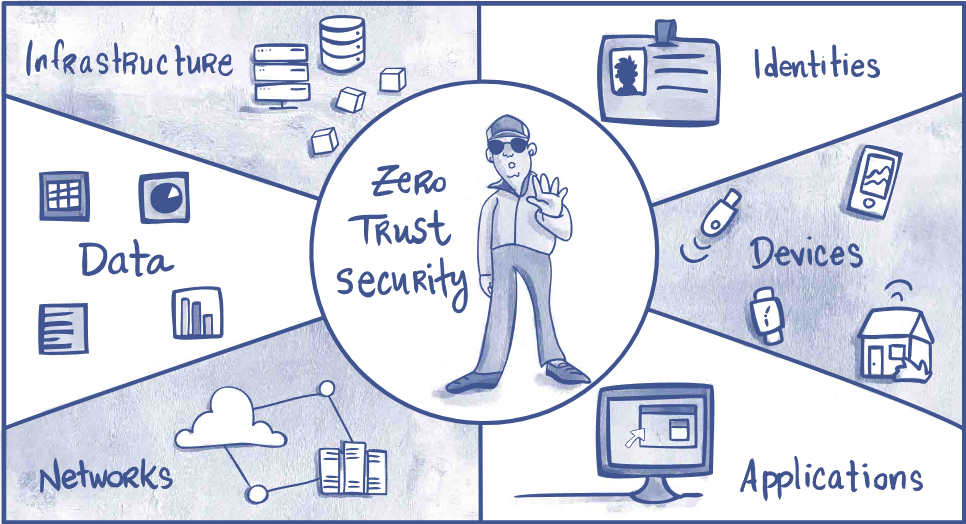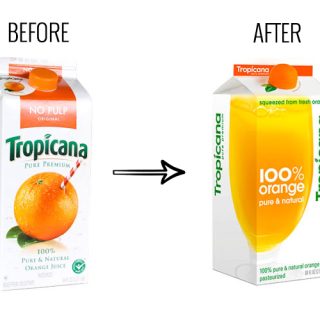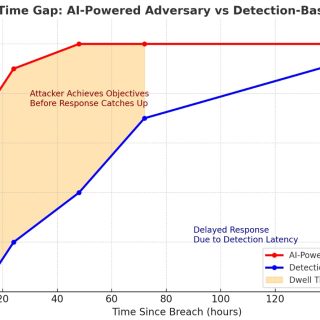
In the 2010’s
Endpoint Detection and Response (EDR) was a groundbreaking innovation. Companies like CrowdStrike played a pivotal role in advancing cybersecurity, and their contributions were invaluable. However, as the cybersecurity landscape has evolved, the solutions offered by CrowdStrike, SentinelOne, and similar companies have become insufficient. Today’s threats are more sophisticated, breaches are more severe, and the overwhelming volume of alerts generated by EDR systems has left cybersecurity professionals struggling to keep up.
The Inherent Limitations of Legacy EDR
The fundamental flaw of legacy EDR solutions is captured by the ‘D’ in EDR, which stands for ‘Detection’. Without detection, there is no protection—an unacceptable risk in today’s world. EDR systems are not built on a Zero Trust architecture, meaning they implicitly trust ransomware and malware that they fail to detect. This outdated approach is dangerous in the current threat environment.
This doesn’t mean we get rid of EDR; far from it. We propose to open source EDR, continuing to use it in our cybersecurity stack as an open source and free layer, but not as the sole layer providing protection. By making EDR solutions open source, we enable the cybersecurity community to continuously improve and adapt the technology, ensuring it remains effective against evolving threats. This shift fosters greater transparency and community-driven innovation while also releasing the substantial costs associated with EDR. These resources can then be reinvested in what customers need: Zero Trust solutions.
The Need for Zero Trust in Modern Cybersecurity
The current cybersecurity landscape is fraught with challenges that legacy EDR solutions alone cannot address. The evolving threat landscape, characterized by sophisticated malware and ransomware attacks, necessitates a more robust and comprehensive approach. It’s time to enhance legacy EDR solutions by integrating a Zero Trust layer to effectively address these challenges.
Traditional cybersecurity measures, like EDR, operate on the assumption of trust within the network. This outdated model is no longer viable given the sophistication of modern threats. There are fundamentally two ways to handle cybersecurity: one based on trust and the other based on Zero Trust. The trust-based approach is inherently flawed because it allows malicious actors to exploit trusted pathways once they gain access. This is particularly problematic with the rise of sophisticated ransomware, which can spread rapidly and cause significant damage.
Zero Trust, on the other hand, operates on the principle of ‘never trust, always verify.’ Every action, user, and device must be continuously verified, irrespective of whether they are inside or outside the network perimeter. This continuous verification process is crucial in preventing lateral movement within the network and ensuring that even if a breach occurs, it is contained and managed effectively.
Shifting the Responsibility
At Xcitium, we believe that the responsibility of determining the safety of an executable file should rest squarely with cybersecurity vendors, not customers. Burdening users with the task of playing cyber police, trying to discern if a file or script is good or bad, is an unacceptable practice common with traditional EDR solutions.
Cybersecurity vendors must provide definitive verdicts on potential threats, ensuring users are not left to make these critical decisions on their own. This shift in responsibility is essential for reducing user complexity and stress while enhancing the overall effectiveness of cybersecurity measures. By shouldering this responsibility, vendors can deliver more reliable protection, allowing customers to focus on their core activities without the constant worry of potential cyber threats. Additionally, vendors should adhere to strict Service Level Agreements (SLAs) that guarantee timely and accurate threat analysis and classification of files as safe or unsafe. This commitment ensures users can trust their cybersecurity solutions to provide robust and proactive protection.
Unified Zero Trust (UZT): The Future of Cybersecurity
Xcitium have pioneered the integration of a Zero Trust architecture into its cybersecurity platform. Xcitium is the only unified Zero Trust cybersecurity platform, bringing a Zero Trust posture from endpoints to the cloud workloads under a single pane of glass. Its approach ensures that every action, user, and device is continuously verified, making it significantly harder for threats to penetrate and move laterally within a network. This critical innovation sets Xcitium apart from legacy EDR and endpoint security vendors.
Conclusion
The path forward for cybersecurity involves three key principles:
1. Transparency and Accountability: At Xcitium, we believe in being transparent and accountable. For more on our commitment to these values, visit Accountability in Cybersecurity
2. Augmenting EDR with Zero Trust: Relying solely on the ‘D’ in EDR is a recipe for disaster. Integrating a Zero Trust layer on top of EDR is essential to provide comprehensive security in today’s advanced threat landscape.
3. Shifting Responsibility: It is crucial to shift the responsibility of verdicting files or threats from customers to cybersecurity vendors. This ensures that users are not burdened with making critical security decisions and can rely on their cybersecurity solutions for accurate and timely threat analysis.
By embracing these principles, Xcitium is not only enhancing protection but also leading the way in innovative and effective cybersecurity solutions for an ever-changing digital world.



